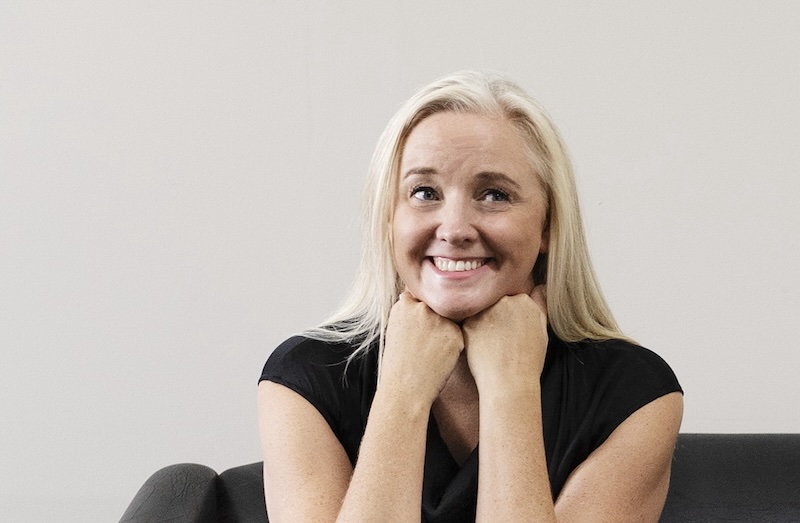The government intends for new charter schools to be operating by the beginning of 2025. How does the model work? Shanti Mathias explains.
What did David Seymour announce?
On Tuesday, Act Party leader and minister for education David Seymour said the upcoming government budget would include $153m of new funding to establish up to 50 charter schools around the country. Reintroducing charter schools, which were known as partnership schools before being disestablished by the Labour government in 2018, was part of Act and National’s coalition agreement, so this announcement isn’t a huge surprise.
What is a charter school? How are they different from other kinds of schooling?
A charter school, like a standard state school, is funded by the government, and is free for New Zealand citizens and permanent residents to attend. However, while state schools must follow a standard New Zealand curriculum, employ qualified teachers, be governed by a school board and be held accountable to the Crown with their role determined by legislation, charter schools have more flexibility.
Instead of a school board, they’ll have a ‘“sponsor”: an organisation that has signed a contract with the Crown to operate the school, with specific requirements in that individual contract. The schools will receive funding in bulk, with a certain amount per student. This will be about equivalent to what state schools receive, but the charter schools will have almost total discretion about how to use that funding – for staff salaries, property costs, special programmes, or anything else they think is appropriate. They can be run as not-for-profits, or make extra money if they complete what they are contracted to do without spending all the funds they received from the government. This also means that teacher contracts will not be negotiated through collective bargaining with teacher unions, and that teachers without full practising certificates can be employed to teach. Charter schools will not be required to teach any particular curriculum, as long as they achieve set learning objectives.
50 schools is a lot! How will that work?
Up to 15 of the 50 schools will be specifically created to be charter schools, while the other 35 will be conversions from existing state schools. “They could be state schools that are not performing,” Seymour said in a press conference announcing the policy. When asked if those schools would be forced to become charter schools, he didn’t directly respond, saying “you’re thinking about the community and people around it.”
I’m still not sure why charter schools are so controversial.
Fair enough! It’s basically an ideological argument about how the state should deliver education. In 2017, The Spinoff ran opinion pieces making the case for and against charter schools, which are worth reading in full. Proponents say that the flexibility of charter schools can work well to deliver specific outcomes for struggling students, and don’t rely on the slow bureaucracy of policymaking at a government level to enact change.
Opponents say that if you’re worried about educational outcomes, funding for a small number of schools doesn’t lift standards or achievement across the board; even if charter schools succeed, the majority of students will still miss out. Instead, they say, it’s better to increase funding to all schools.
New Zealand’s opposition parties and unions are certainly opposed. “Funnelling millions into what is essentially a pet project for David Seymour, at a time when teachers are crying out for more resourcing for our public schools, is morally bankrupt and incredibly irresponsible,” said Green Party education spokesperson Lawrence Xu-Nan in a promptly issued press release following the announcement. “Charter schools were driven by ideology rather than evidence,” Xu-Nan’s Labour equivalent Jan Tinetti agreed in another press release, adding that the extra money being spent could have covered the school lunch programme Seymour has cut funding to.
Secondary school teachers’ union PPTA Te Wehengarua said money for charter schools would be at the expense of state schools being able to innovate, and they wouldn’t have accountability to communities. “The idea of teaching in a school with no requirement to teach the curriculum, with no access to centralised professional learning and development or assessment support, and alongside unqualified teachers, will not be an attractive option,” said president Chris Abercrombie in a press release.
How did charter schools work last time? Did they create better educational outcomes?
Piloting charter schools was part of the National-Act coalition agreement in 2011, with the first schools opening in 2014. According to Stuff, the Ministry of Education spent about $89.3m implementing the schools. Some schools didn’t meet performance or financial standards, and were penalised. While a Ministry of Education evaluation of the initial charter schools’ performance was positive, there was a low response rate in the data, and outcomes were only discussed from the perspective of parents rather than in comparison to national standards like NCEA. The evaluation didn’t have any detail about changes in educational achievement for charter school students.
Former students of charter schools have described their positive impact, and former charter school principals have praised the flexibility and lack of bureaucratic hurdles involved in running a charter school.
By the time the Labour government ended the charter schools scheme in 2018, there were 12 charter schools operating; at one point there were 23 around the country, mostly in Northland and Auckland. Many of the schools were focused on Māori and Pasifika students, and supporters said that allowing more support for these groups was important regardless of the broader ideological discussion about the charter school model.
Charter schools have been studied extensively overseas, and supporters and opponents tend to quote from the studies that support their point of view. In the UK, which has allowed charter schools since 2010, these students have had higher performance in maths and language – however, one research paper notes that it’s difficult to separate this from factors like financial advantage that influence performance, or determine exactly why students in these schools do better. Charter schools have also been associated with increases in per-pupil expenses in standard state schools, but also seemed to create a small positive effect on achievement for everyone.
What is going to be different about charter schools this time?
In yesterday’s press conference, David Seymour said that creating more diversity – including geographic – and creating more charter schools than when they previously operated would help cement funding, so that schools can’t be as easily removed by a government with a different outlook. Instead of the previous six-year contracts, schools will have 10-year contracts, allowing time to monitor whether they are achieving the agreed outcomes in the contract.
“They won’t be accountable to the whims of political change like they were last time,” he said, referring to changing standards from other parties who could be in government.
Charter schools will be implemented by a “charter school establishment board” that will be replaced by an ongoing authorisation board that will make decisions about approving new charter schools, or intervening to close a school not operating as intended.
Which schools might take it up?
Several schools that were previously part of the charter school system may convert again; Seymour gave the announcement at Vanguard Military School on Auckland’s North Shore, which was established as a charter school in 2014, then converted into a special character state school in 2019. Seymour said that he’d talked to Tipene St Stephen’s Māori Boys Boarding School and AGE School in Auckland. The flexibility of the charter system means it may particularly appeal to smaller schools and special character schools.
Why has the Act Party been such a big proponent of charter schools?
The Act Party’s ideology of minimal government interference in private citizens’ lives means it has long supported charter schools, including in the previous iteration, when Seymour was involved in the pilot programme as under-secretary for education. “It’s a pure form where we say ‘these are the outcomes we want’ and then [they] get the autonomy,” Seymour said in the press conference yesterday.
Once the legislation to re-establish charter schools has been passed by parliament, the contracts for the first charter schools under the models will be negotiated. Seymour said the government intends to have the first charter schools operating by the first term of 2025.

























Discussion about this post